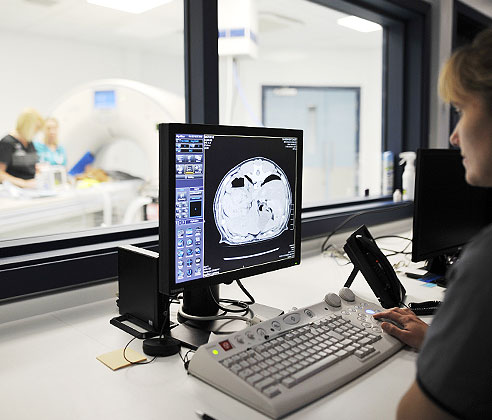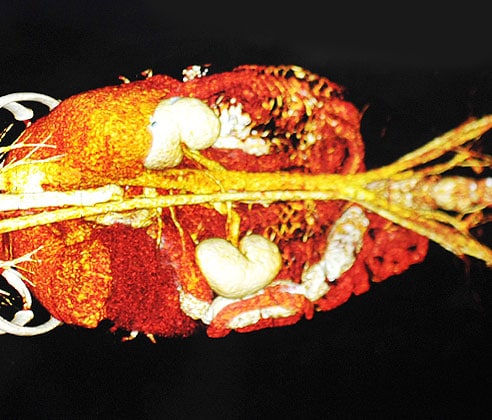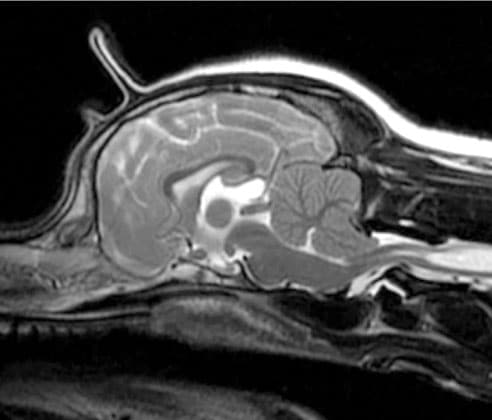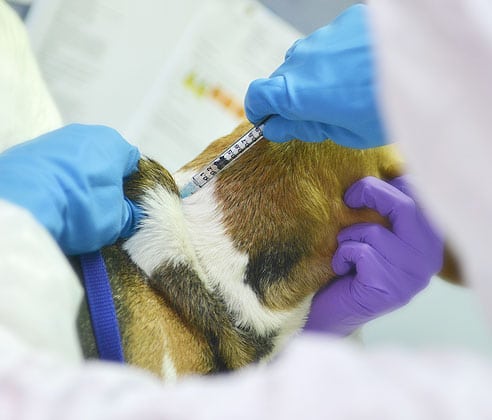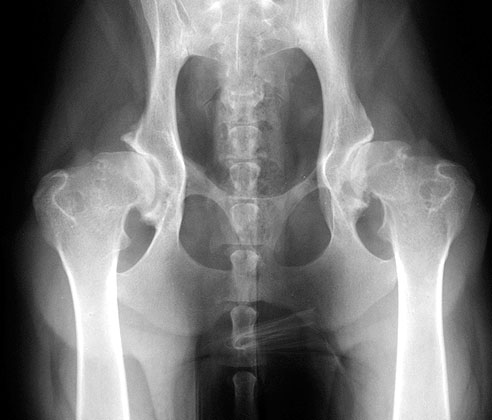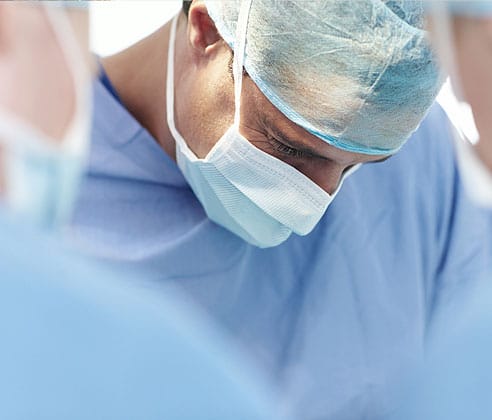Anaesthesia
Subheading
During treatment, your pet may require sedation, general pain relief or even a general anaesthetic in order to complete a procedure, surgery and/or diagnostics within the imaging suite.
At Paragon Veterinary Referrals, we have a dedicated anaesthetist to supervise and manage your pet throughout, supporting both vet and qualified nurses, and provide a personalised plan specific to your pet’s needs.
Every patient is treated according to their medical status and temperament, the procedure they are undergoing and their response to a strange environment. Our anaesthetist will take into consideration all pre-, peri- and post-operative pain management to make sure your pet has a safe anaesthetic, with optimal pain relief and an easy recovery.
All patients undergoing surgery will benefit from the addition of local analgesia which provides pain relief during and after the surgery and ensures that they are comfortable. We can provide directed pain relief in any area where we can identify the nerve for example the head and neck, the chest and abdominal areas and the front and back legs. Ultrasound is the technique that we use for delivery of local anaesthetics directly around the nerve in our clinic although techniques such as the use of nerve stimulators are sometimes used. For hindlimb surgeries we utilise both epidural analgesia (injection round the spinal cord) and more commonly peripheral nerve blocks. By using a nerve block the dogs and cats can use their other limb to walk following the surgery. Where possible we can also extend the duration of local blocks so that our dogs and cats do not experience any pain after surgery, meaning we can reduce the need for other drugs such as opioids whilst targeting pain using other agents if this is needed. In the image above we are using ultrasound to identify the peripheral nerve to inject the anaesthetic agent directly.
All our patients are fully monitored during their anaesthetic, we provide continuous electrocardiography, capnography, pulse oximetry, temperature and indirect blood pressure monitoring in all our patients. In more critically ill animals we will include arterial blood gas monitoring, direct arterial blood pressure monitoring, as well as central venous pressure and urine output as required.
Our team are passionate about enhancing pain relief for our surgical and medical patients. To ensure this we are pioneering the use of other pain relief drugs and management of certain ‘hard to treat’ conditions through some of our clinical investigations.
Staff
Elizabeth Leece
BVSc CertVA DipECVAA MRCVS
RCVS & EBVS Specialist in Anaesthesia & Analgesia
After a residency in veterinary anaesthesia at the University of Liverpool, Liz moved to the Animal Heath Trust becoming head of anaesthesia in 2006. She has since worked in university and private referral hospitals whilst acting as a consultant in a number of clinics across Europe.
She is a European and RCVS Specialist in Veterinary Anaesthesia and Analgesia and also a past president of the Association of Veterinary Anaesthetists. She loves teaching both inside and outside the clinics, whilst her current clinical research interests are with the brachycephalics, neuroanaesthesia, and chronic pain. Liz lectures to vets and nurses (and occasionally human anaesthetists) worldwide.
In her spare time, she loves cycling and walking, especially up mountains, with her young dog, Ogwen, who she is currently training to become her diabetic hypo-detection dog so that she can stay safe when exploring the landscapes that Yorkshire has to offer.




